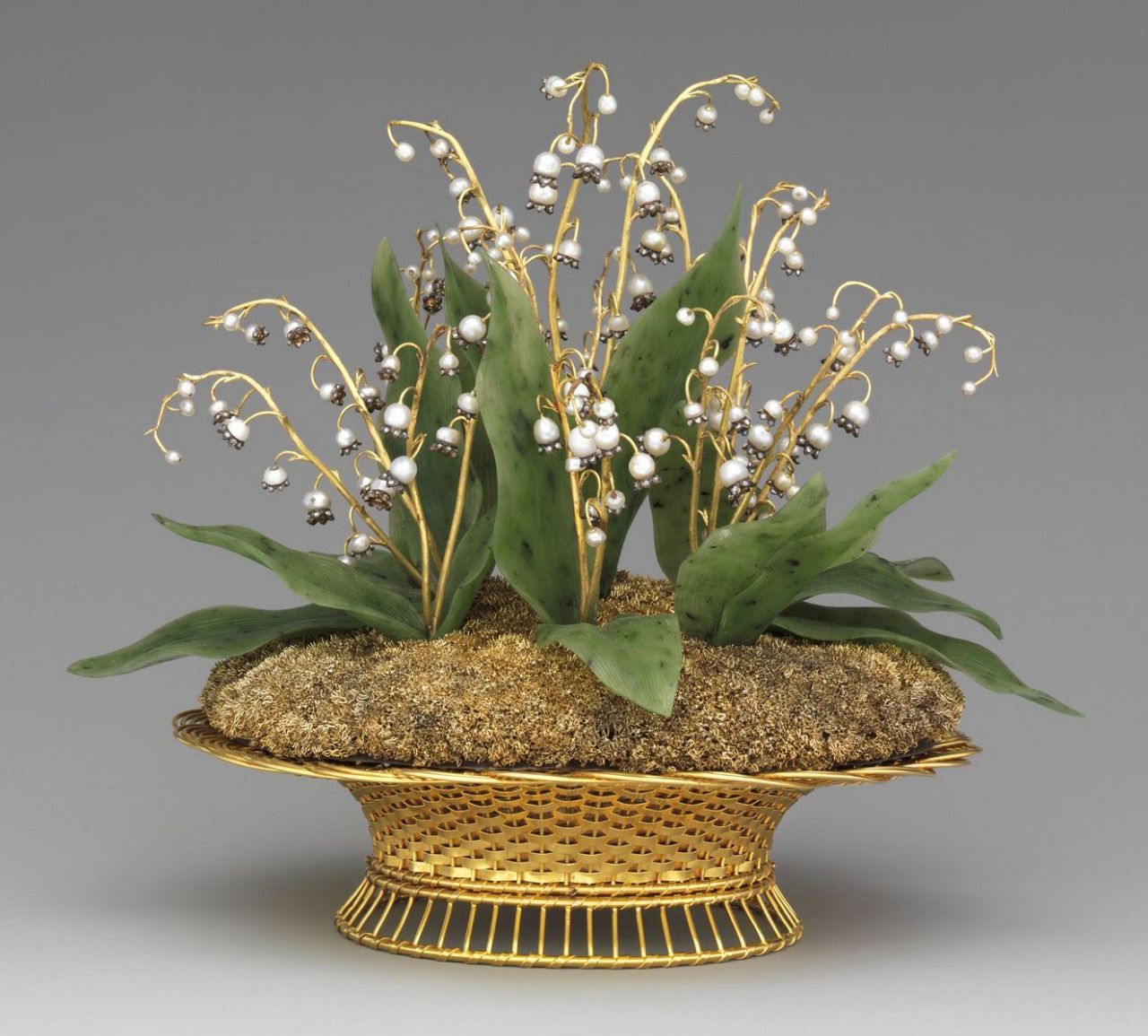The sweetly scented, delicate bells of lily of the valley are a delight in any garden. While traditionally grown in flower beds or planters, did you know you can also cultivate this charming perennial in hanging baskets? Suspending pots of lily of the valley enables you to appreciate their beauty at eye level and take in their lovely fragrance.
Benefits of Growing Lily of the Valley in Hanging Baskets
There are several advantages to displaying lily of the valley in suspended planters
-
Hanging baskets spotlight the dainty flowers at the perfect height for admiration.
-
Allows placement in areas like patios, porches, or near entryways to enjoy their perfume up close.
-
Cascading foliage and flower sprays create a beautiful, wispy effect
-
Containing them prevents aggressive spread from taking over beds.
-
Elevating pots deters slugs and snails compared to ground planting.
-
Flexible for moving to optimize sunlight exposure as needed.
-
Enables convenient access for planting, pruning, deadheading, etc.
Lily of the valley’s soft, arching stems and abundant blooms give them a charming look in hanging pots. The key to success is using the right strategies when planting and caring for them in containers.
Choosing the Best Hanging Baskets for Lily of the Valley
You’ll want to choose your hanging pot and components carefully to keep your lily of the valley thriving:
-
Select a basket at least 12-14” wide and 10-12” deep to provide ample room.
-
Make sure the planter has good drainage holes, or add extra if needed.
-
Include a drip tray to catch overflow and protect surfaces below from stains.
-
Opt for baskets with sturdy hooks, chains, or eyelets for secure hanging.
-
Use quality potting mix, not garden soil, which is too heavy.
-
Incorporate peat moss or compost for moisture retention and nutrition.
-
Add a thin layer of gravel at the bottom for enhanced drainage.
Caring for Lily of the Valley Grown in Hanging Baskets
Caring for lily of the valley planted in containers is relatively easy. Just be attentive to their needs:
-
Water 1-2 times daily to keep potting mix consistently moist but not soggy.
-
Apply diluted liquid fertilizer every 2-3 weeks during spring and summer.
-
Prune off spent flower stalks to encourage reblooming.
-
Remove yellowing leaves and trim trailing stems as needed.
-
Check soil moisture daily and water early in the day to avoid foliar diseases.
-
Move basket to a shadier location if leaves brown or curl from too much sun.
-
Bring hanging baskets indoors before first frost if lily of the valley is not winter hardy in your zone.
Step-by-Step Guide to Planting Lily of the Valley in Hanging Baskets
Follow these simple tips for successfully growing lily of the valley in suspended planters:
Choose a Healthy Plant
Select a young but established lily of the valley plant with plenty of roots and some leafy growth. Avoid tiny divisions or sparse plants that won’t establish well.
Prepare the Hanging Basket
Rinse a 12-14” hanging basket and line the bottom with gravel for drainage. Fill 3⁄4 of the planter with quality potting mix amended with compost or peat moss.
Plant Lily of the Valley in the Pot
Dig a hole large enough to accommodate the root mass. Place the crown at soil level and fill in with mix. Tap gently to settle. Water thoroughly until it drains freely from the basket’s bottom.
Hang in an Ideal Location
Place the hanging basket in a shady or partially shady spot protected from harsh winds. Near an entryway or patio is perfect to enjoy the fragrance.
Provide Ongoing Care
Check soil daily and water when the top inch becomes dry. Apply balanced liquid fertilizer monthly during the growing season. Remove spent blooms promptly to encourage reblooming. Trim trailing stems to shape the plant as desired.
Common Questions About Growing Lily of the Valley in Hanging Baskets
How many lily of the valley plants do you need per hanging basket?
Start with at least 3-5 good sized divisions in a 12” basket. Plant them 4-5” apart to allow for growth. Add more plants to create a fuller look as they multiply.
Should lily of the valley be planted in full sun or shade in a hanging basket?
Lily of the valley does best with morning sun only or bright filtered sun. Too much hot afternoon sun can scorch the leaves. Hang the basket in partial shade or filtered light.
What is the best soil and fertilizer for lily of the valley in hanging pots?
Use a quality potting mix that retains moisture but drains well. Add peat moss or compost for nutrition. Fertilize monthly with a balanced liquid fertilizer diluted to half strength.
Do lily of the valley require frequent watering in hanging baskets?
Check soil moisture daily and water when the potting mix begins to dry out on top. Lily of the valley prefer consistently moist (but not soggy) soil. Prompt drainage prevents root rot.
How cold hardy are lily of the valley grown in hanging planters?
Most tolerate cold down to zone 3 or 4. But hanging baskets are more vulnerable to freeze damage. Move baskets indoors before frost if concerned.
With the right care and conditions, lily of the valley thrive beautifully in suspended pot displays. The cascading foliage and abundant blooms create a romantic look, while the heavenly fragrance can be enjoyed up close. Show off their decorative charm by creatively incorporating hanging baskets of lily of the valley into your garden or outdoor living space this season.
Crochet Lily of the valley wind chimes Bell orchid car hanger
- The Ultimate Guide to Growing Strawberries in Raised Beds - August 8, 2025
- No-Dig Garden Beds: The Easiest Way to Grow a Beautiful Garden - August 6, 2025
- How to Protect and Preserve Wood for Raised Garden Beds - August 6, 2025

